History originally published in AutoWeek August 19, 1991
It’s the Porsche everyone loves to hate. By what’s been said and written about the original Porsche 924, one would think it had square wheels, power by Vegematic and styling only a Kommissar could love. Even with the enthusiastic cooperation of the Porsche Club of America, it wasn’t easy to find a first-year 924 for “Escape Road.”
Admittedly, it has a proletarian heritage. The 924 was originally a project undertaken by Porsche to be a solely Volkswagen successor to the similarly maligned Porsche 914. However, new management at VW nixed the VW sports car project, but it was promptly taken up by Porsche for itself. The VW connection, of course, explains a lot of things, things like the MacPherson struts from the Volkswagen Super Beetle and VW Rabbit lower A-arms for the front suspension, and Beetle semi-trailing arms, complete with torsion bars and VW 181 (the Thing) halfshafts at the rear.
Things like an 1800cc four from the Audi 100 (Fox), bored out to 2.0-liters, fitted with a sohc head and used in the VW LT Transporter and eventually AMC’s Pacer and Spirit. Things like the Audi’s four-speed standard transmission, nominally for front-drive applications, moved to the rear to serve as a transaxle, and Audi 100 front disc calipers and Beetle rear drum brakes. Has there ever been, on paper, a vehicle more unlikely to be successful than this, what one observer called a “factory kit car?”
Then again, this was Porsche. And weren’t the first Porsches, those now fabled in song and story, merely hot-rodded Beetles?
Consider also the unorthodox drivetrain layout. Porsche preferred front engine/rear drive for balance, discarding rear-engine or front-drive configurations. Mounting the transaxle at the rear better balanced the car, with a slight bias towards the rear without passengers. But Porsche mounted the clutch at the front (leaving the stock Audi transmission’s bellhousing oddly empty at the rear). With the driveshaft not having to spin with the clutch disengaged, inertia effects on the engine were reduced—though gearbox synchronizers had to work harder.
The driveshaft itself was a mere 0.79 inches in diameter, running in a 3.3-inch closed tube rigidly attached to the engine and transaxle, and having no universals. Collateral benefits claimed at the time by Porsche were increased crash safety (all of the drivetrain mountings absorbing the impact), better isolation of exhaust noise from the body (the exhaust system being hung from the tube), and finally, flex in the skinny driveshaft would help absorb throttle surge, characteristic of emission-controlled engines in the mid-‘70s.
The engine was essentially sound, the iron block basically an over-bored Audi 100 with a new aluminum head. A cross-flow design, it was Heron type with the combustion chamber formed in the piston crown, the valves set vertically in a flat head surface. The belt-driven single overhead camshaft directly actuated eight inline valves.
Though the European version developed a reasonable 125 horsepower (this was 1976), the smog-strangled Stateside motor produced a meager 95 horses at 5500 rpm running on 91-octane unleaded. Tested by Road & Track, the 1976 Porsche 924 turned the quarter mile in 18.3 seconds and did 0-60 mph in 11.9 seconds. (For comparison, the Alfetta GT and Datsun 280Z tested with the Porsche 924 did 18.4 and 17.3, respectively, in the quarter, and 12.0 and 9.4 for 0-60 mph).
Not only was this not particularly fast, even by the anemic standards of the mid-‘70s, the Audi four was, a tester noted, “a bit on the rough and noisy side… (but it) revs freely and its sounds become sports car-like (only when) driven hard.”
Despite the humble suspension parts, the same tester noted that handling “is the 924’s strength.” The chassis was neutral, with oversteer possible from steering or throttle. To show how far we’ve come, the Porsche bested the Alfetta and 280Z on the skidpad, 0.766 g to 0.726 and 0.720.
Looking back, how does the 924 measure up? Skid pad performance leaves it in low to mid-pack against today’s sports coupes, on par with the Suzuki Swift GT or the Saturn Coupe. The Porsche 944 S2 marks in, however, at about a full 10th of a “g” better. What a difference a decade makes. Handling is more than numbers, of course, and although it speeds far less than maximum and less demanding than tire-shredding skid circle testing, the daily driver 1977 Porsche 924 recently restored by Gardner Boone of Smithtown, New York, displays road manners that, if Emily Post were a chassis engineer, would win her unqualified approval. Like the 944 S2, the 924’s steering is heavy at slow speeds but pays that back with precision as the pace increases.
Alas, the 924’s acceleration places it firmly among such drag strip dawdlers as Previas and Range Rovers. Boone’s 924 has the three-speed auto and seems slower yet, despite minor engine modifications. It’s because the automatic has not yet been overhauled and possibly due in part to its location in the stern, because the automatic doesn’t shift well on its own. And yes, the engine makes vibrations betraying its plebeian origins. Chalk it up to the ‘70s, a decade that had powertrain engineers swimming against the tide and enthusiasts pining for the good old days (generally anything prior to the current model year).
All in all, though, the Porsche 924 has to be regarded as a success. It sold in numbers unprecedented in Porsche history, and it spawned the Porsche 944, which no one complains about but is mostly a 924 with wider fenders and a better motor. You can love to hate it if you wish, but as the first front-engine, water-cooled Porsche, the 924 was a landmark design and the start of a new era.




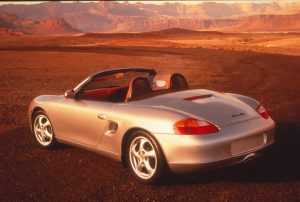
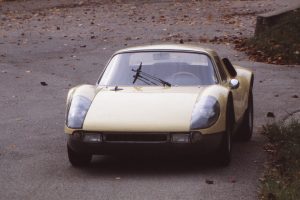
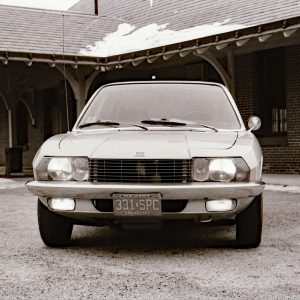
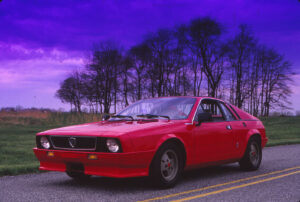
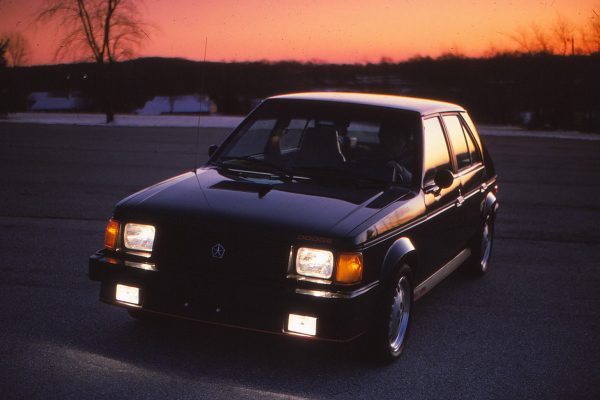

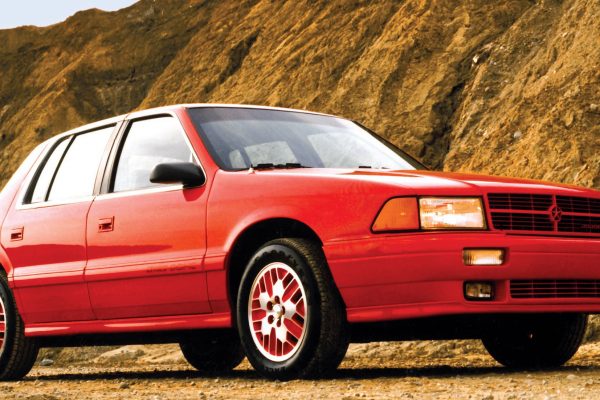
What Do You Think?
You must be logged in to post a comment.